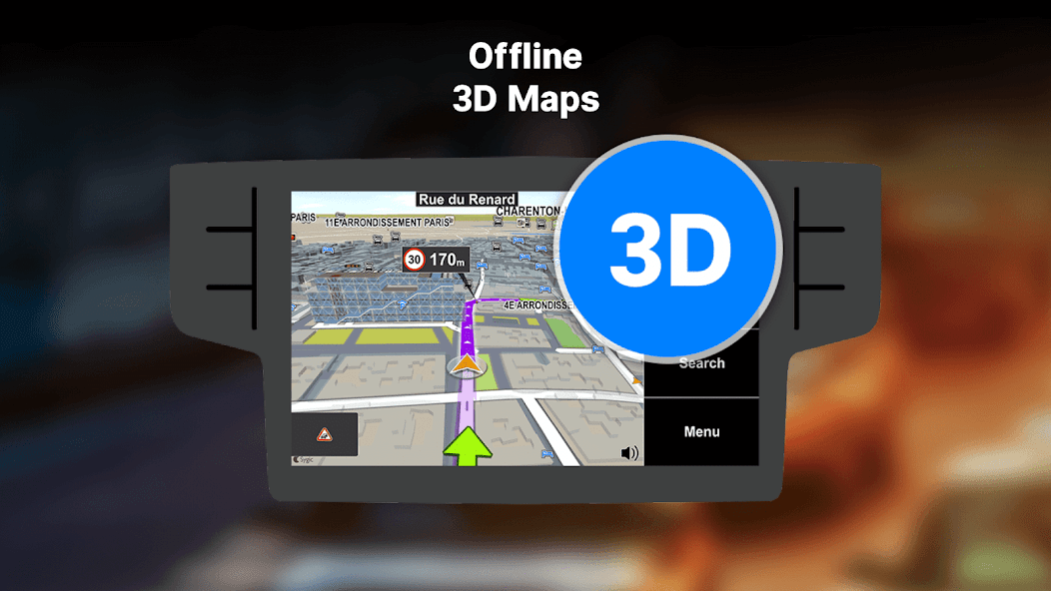
It doesn't take long to get your head around GPS units and their app equivalents.

Most people connect their smartphone to Wi-Fi at work or home which, by default, allows GPS apps to automatically update as they're released. While almost all GPS apps support 3 or 4G, far fewer give you the option to download maps for use in offline mode. Also, a country or state map obtained via Wi-Fi will take up a large chunk of storage on your phone, though it has less of an impact on data. Most smartphones also use A-GPS, where the "A" stands for assisted which 3 or 4G navigation to help enhance the GPS signal.īear in mind that apps can chew through your monthly download limit if you download as you drive. Though handy, this can put you at the mercy of mobile networks which are prone to dropouts depending on your carrier and location. Most apps that use 3 or 4G connectivity, gradually download portions of the map as you require them, to save space on your smartphone storage.

Gradually download portions of the map as you enter new areas.Apple has also released their own version for iOS devices that's simply called Maps. Android and iPhone users have access to the free Google Maps app, which shows your current position and offers voice direction. However, there are a number of freebies available as well, including default map apps included with your Android or iOS device. Paid apps range from less than $10, up to as much as $90. They typically support, safety camera warning, trip planning and advanced lane guidance, for example. When it comes to core navigation, GPS apps often perform just as well as a traditional unit. Read car GPS systems review GPS apps for smartphones


 0 kommentar(er)
0 kommentar(er)
